The crop sector recorded positive results with 38,227 hectares of winter-spring rice harvested, with an average yield of 61.85 quintals/ha. The area of crop conversion on ineffective rice land was up to more than 100 hectares, focusing on corn, peanuts and vegetables. At the same time, the large-scale field model and production demonstration continued to be effective with 37 rice models, 1 corn model and 1 melon model.
Livestock has gradually recovered strongly after the epidemic. The total herd of cattle and poultry is stable, meat output has increased, especially beef and buffalo meat products - the province's main livestock products. Disease prevention work has been effectively carried out with more than 649,000 doses of vaccine administered, combined with widespread disinfection of the livestock environment.
Aquaculture has developed quite comprehensively, with exploitation and aquaculture output reaching nearly 125,000 tons, contributing to increasing fishermen's income. The fight against illegal fishing (IUU) has been implemented vigorously and effectively.
The land resources sector has recorded many positive changes. The Department has consulted on the completion of adjustments to district-level land use planning and plans for the entire province; resolved tens of thousands of land records, ensuring progress and regulations.
Mineral resource management has been tightened. Inspection, auction of mineral exploitation rights, mine closure handling, reserve appraisal, and exploration licensing all strictly follow regulations, promptly serving the material needs of key projects of the province.
Environmental protection work has been strengthened. The Department has implemented a plan to inspect compliance with environmental protection laws, promote circular economy , connect automatic monitoring data and organize many environmental communication activities.
The national target program on new rural construction continues to be a bright spot. By the end of May 2025, the whole province had 98/144 communes meeting new rural standards (68.05%), 12 communes meeting advanced standards, 95 villages achieving the title of model residential area. The "One Commune One Product" (OCOP) program has developed strongly with 282 recognized products, including 02 potential 5-star products, 173 products on e-commerce platforms.
The work of eliminating temporary and dilapidated houses has made remarkable progress, with 5,580/6,543 houses completed, expected to complete 95% of the plan by the end of June 2025.
From now until the end of the year, the Department of Agriculture and Environment will focus on key tasks: ensuring summer-autumn crop production, effective natural disaster prevention, converting crops suitable for climate change, tightening land - resource - environment management and improving the quality of public administrative services. At the same time, promoting propaganda for new rural construction, developing OCOP products and implementing high-tech agricultural models, circular agriculture, and sustainable development.
Source: https://snn.quangngai.gov.vn/tin-tuc/tin-tu-so-nong-nghiep-va-ptnt/nganh-nong-nghiep-va-moi-truong-quang-ngai-dat-nhieu-ket-qua-tich-cuc-trong-5-thang-dau-nam-2025.html



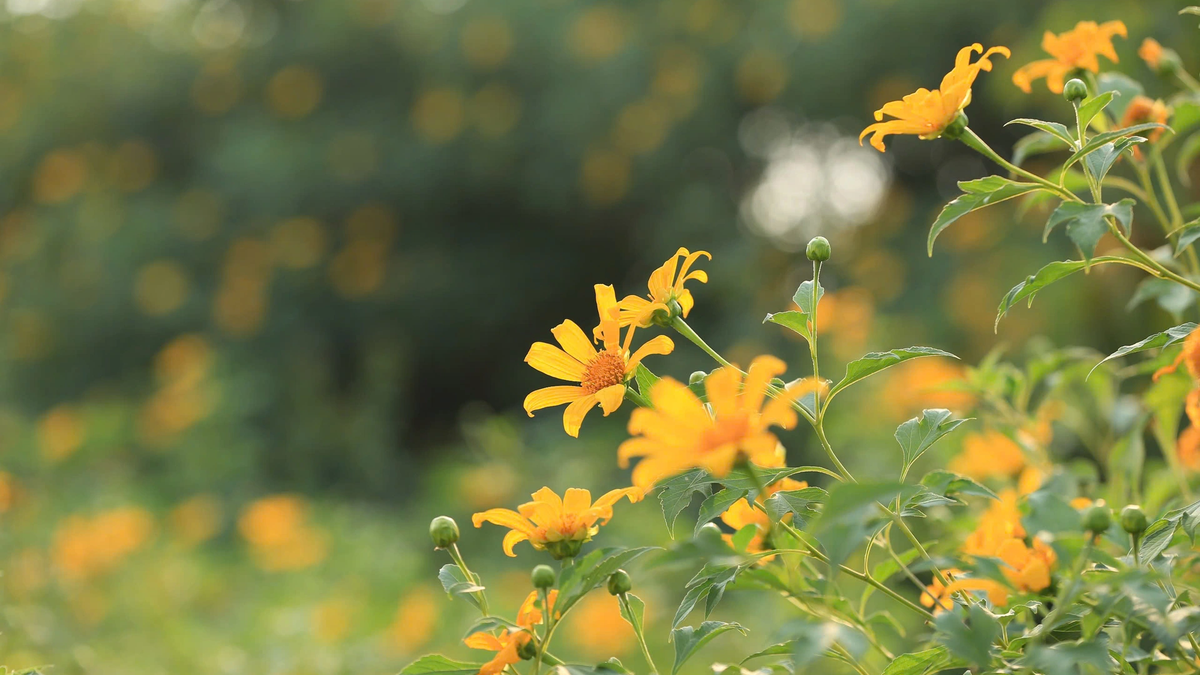

![[Photo] General Secretary To Lam receives Slovakian Deputy Prime Minister and Minister of Defense Robert Kalinak](https://vphoto.vietnam.vn/thumb/1200x675/vietnam/resource/IMAGE/2025/11/18/1763467091441_a1-bnd-8261-6981-jpg.webp)

![[Photo] Prime Minister Pham Minh Chinh and his wife meet the Vietnamese community in Algeria](https://vphoto.vietnam.vn/thumb/1200x675/vietnam/resource/IMAGE/2025/11/19/1763510299099_1763510015166-jpg.webp)
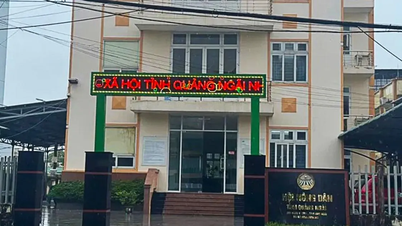

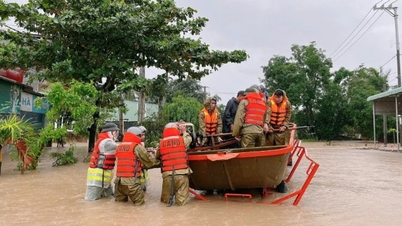

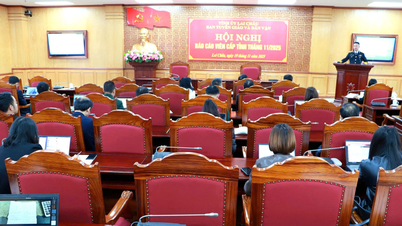

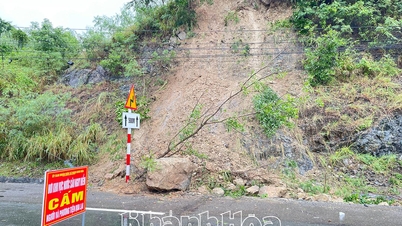



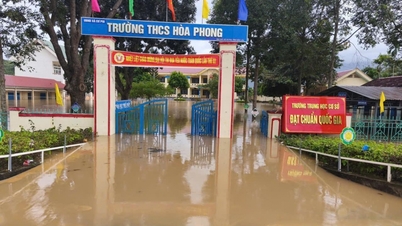





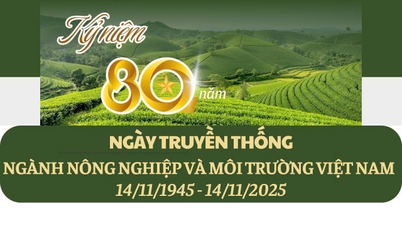
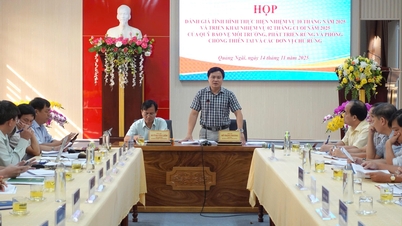


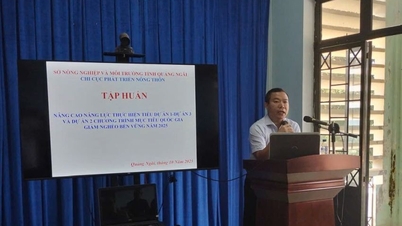


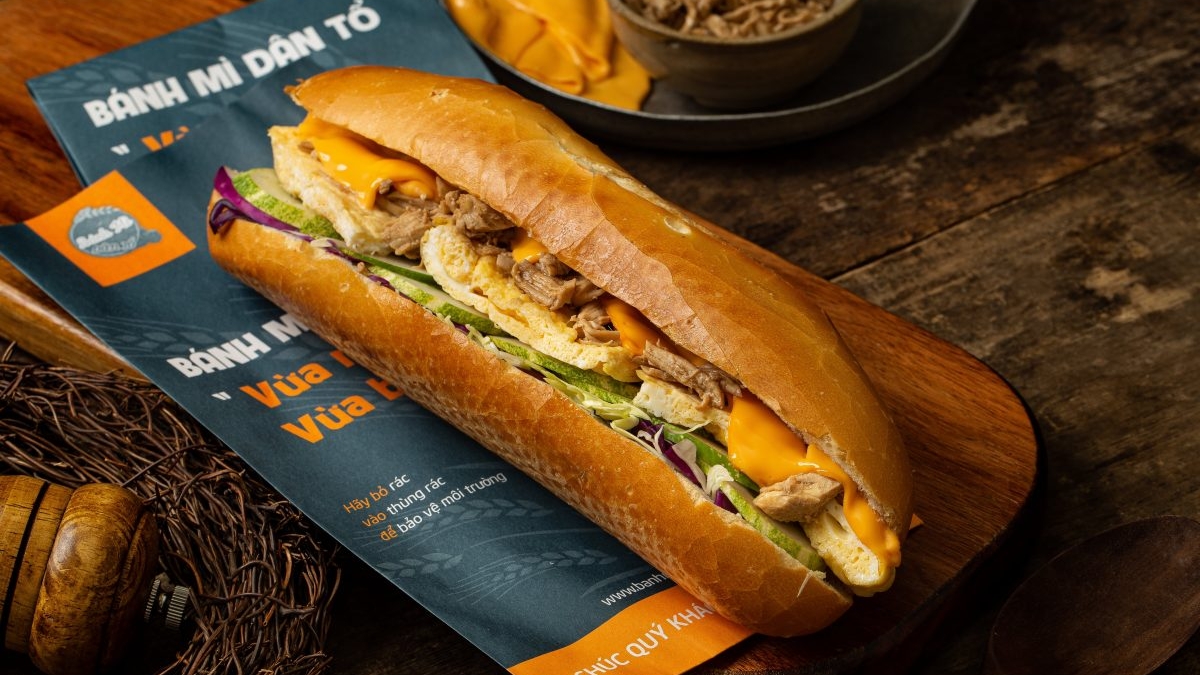

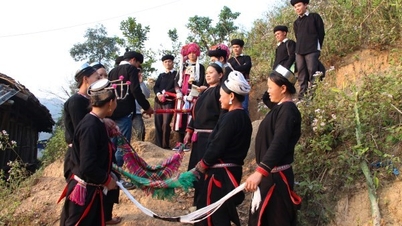





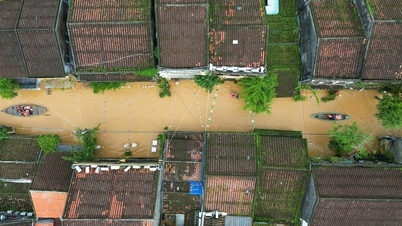

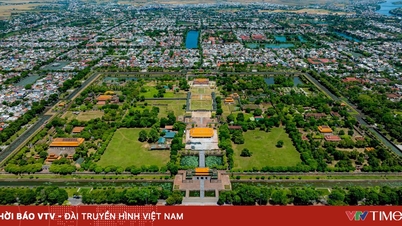



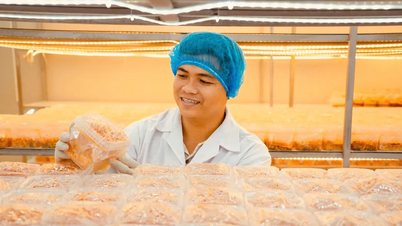
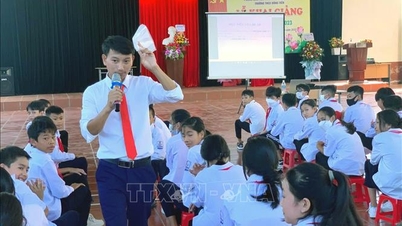







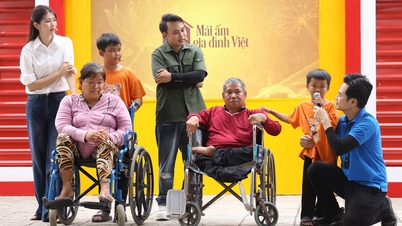
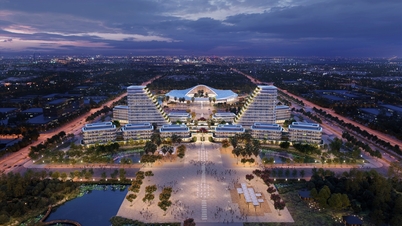




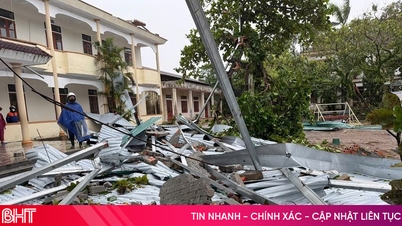



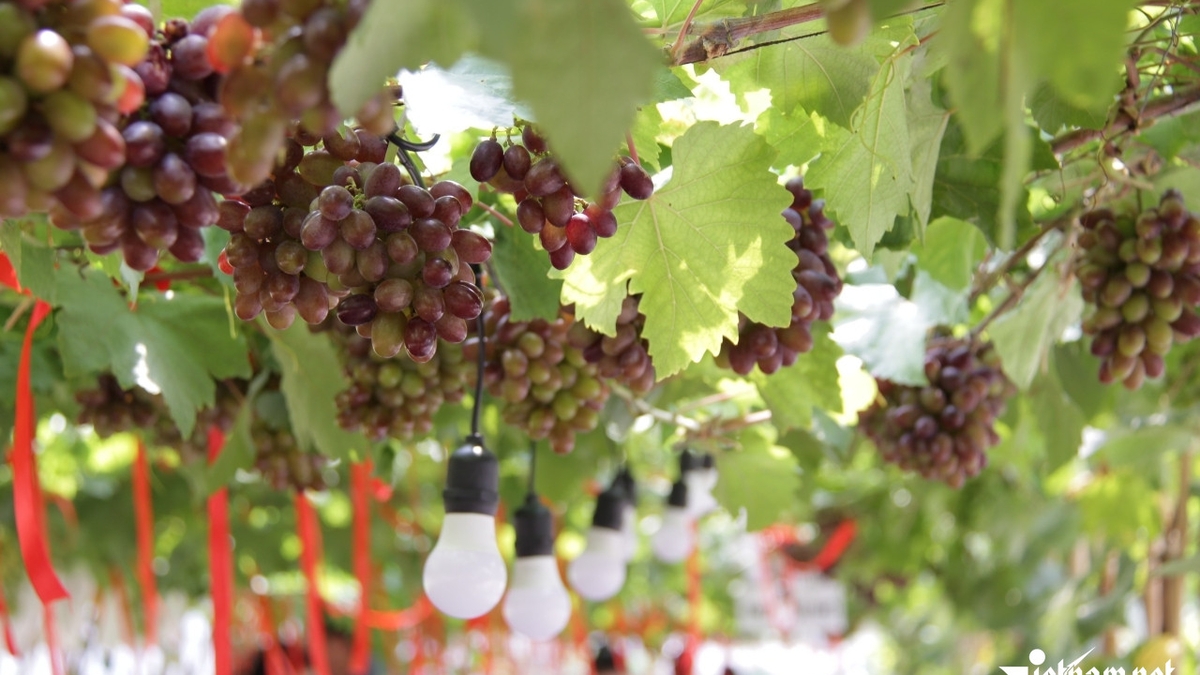
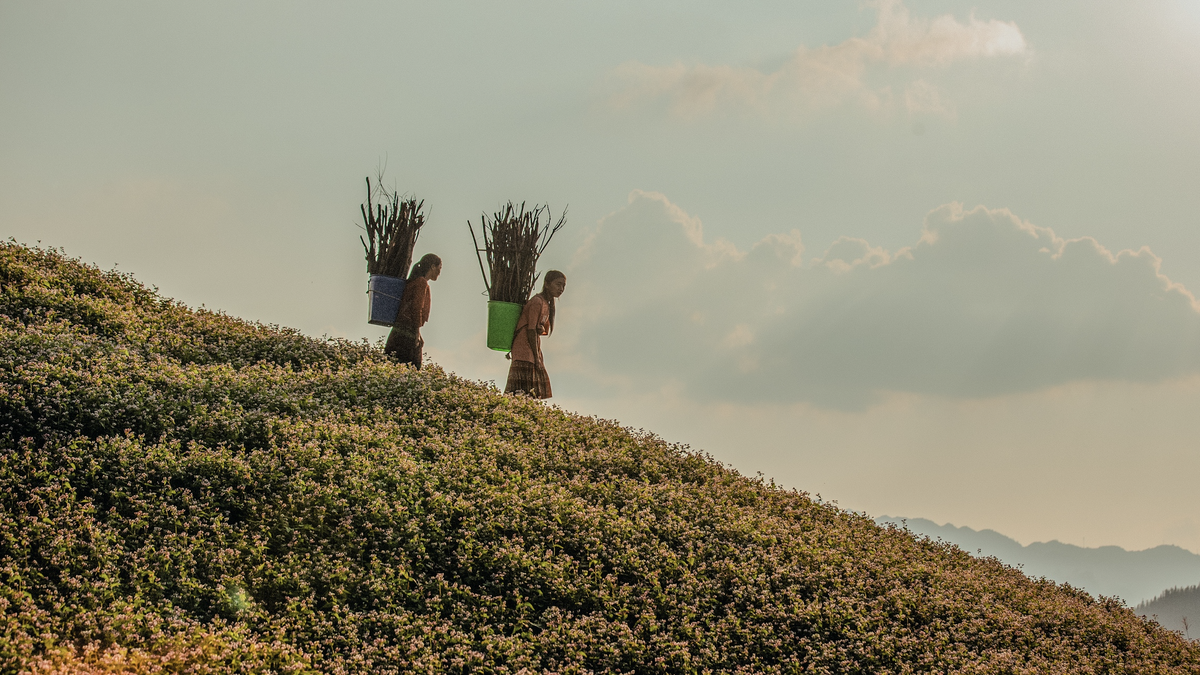

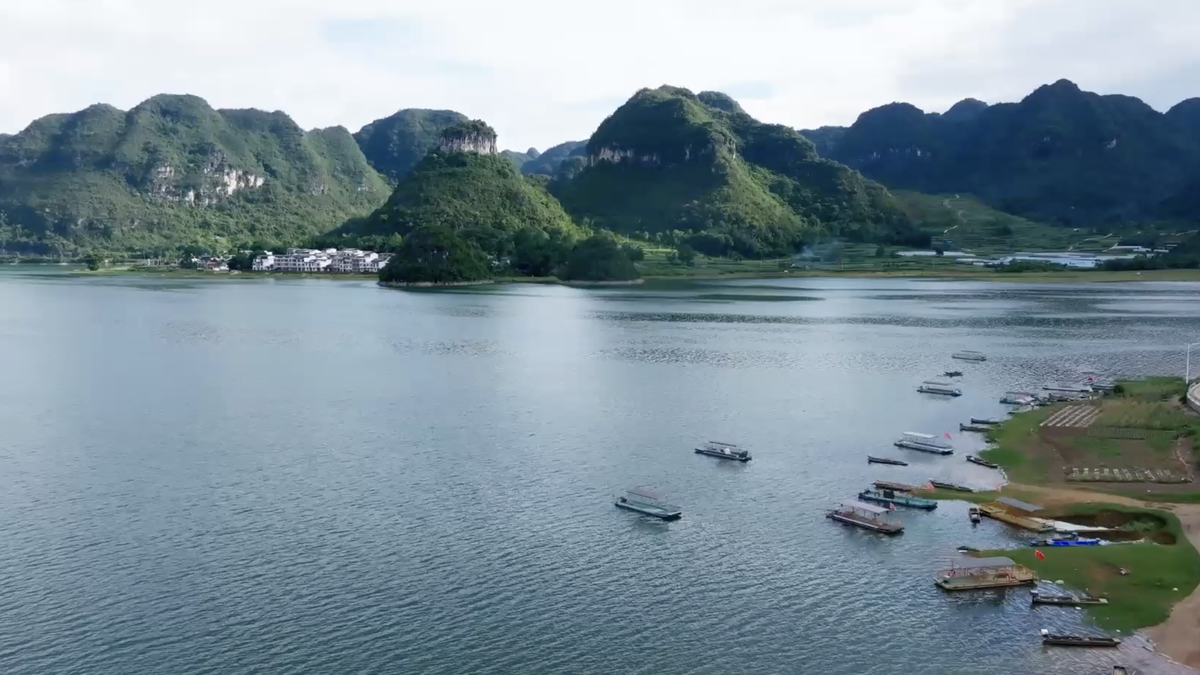


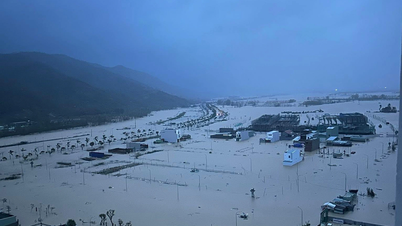








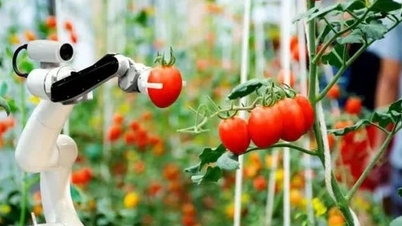



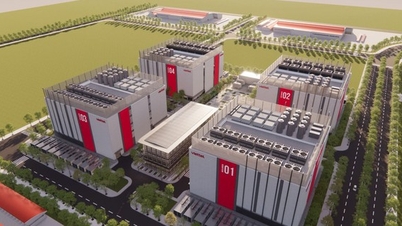
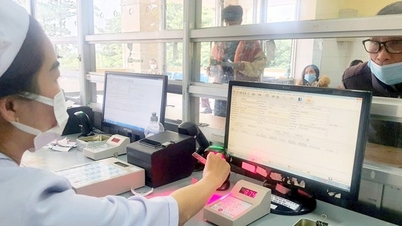

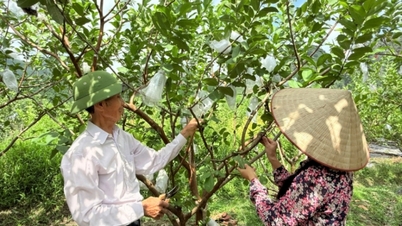

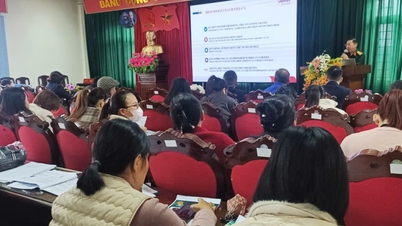





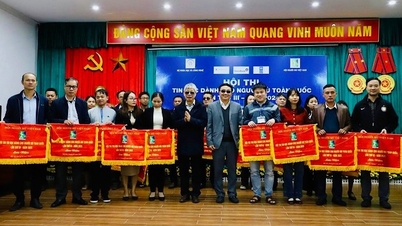


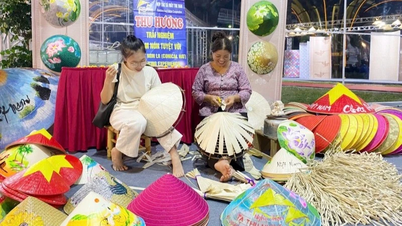



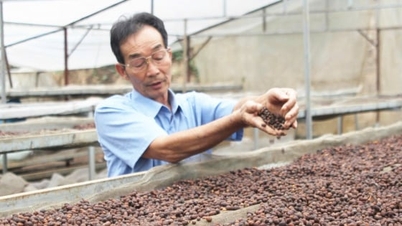








Comment (0)